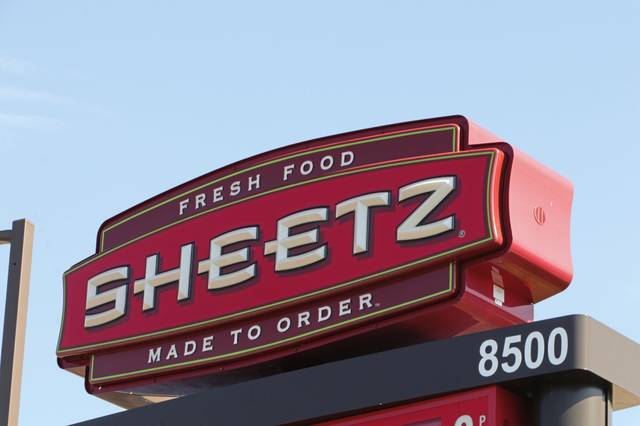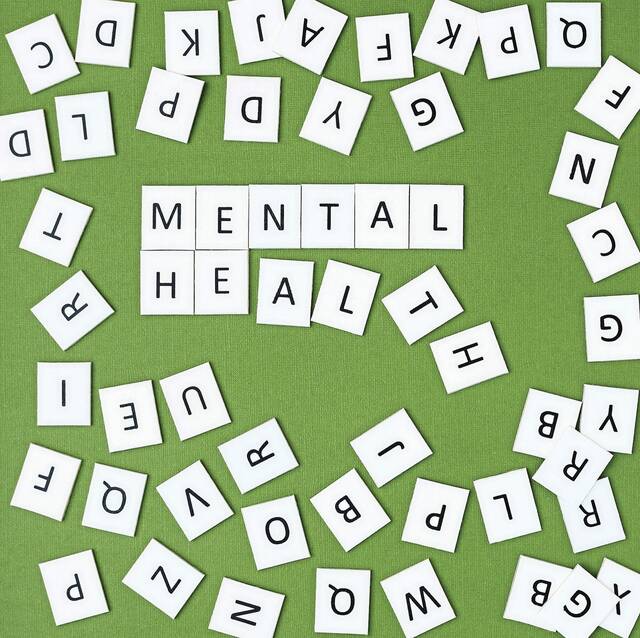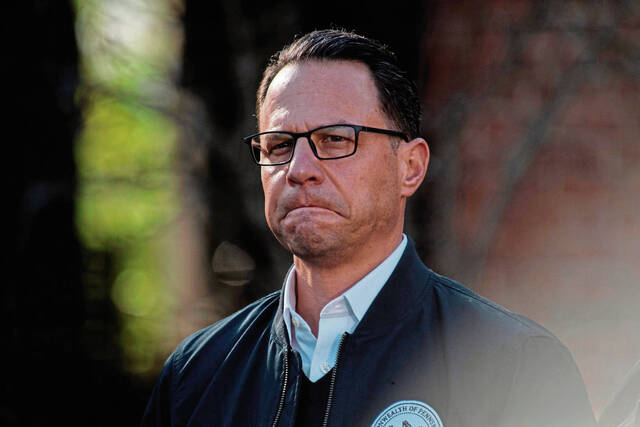Minimum wage is a complicated issue.
On one side, you have people who want to raise it. It will put more money in people’s pockets, they say. It will give the economy a jump start. It will help someone get by on one job instead of two or three. It will stay in line with the goals the government established back in 1938 when it first said a worker should get at least 25 cents an hour. The average wage that year was about 85 cents an hour.
On the other side, you have the people who want to keep it where it is.
Minimum wage jobs are for kids, they say. Raising the rate will hurt small businesses. It will lead to more unemployment as companies can’t afford the increase. It puts the government in control instead of the marketplace.
The pro side’s goals aren’t frivolous. The con side’s fears aren’t unfounded. That’s why it’s such a hot topic for both the state and federal government.
President Biden campaigned on the idea of a $15 minimum wage. He has made it a cornerstone of his plans to address poverty.
The Congressional Budget Office released a report this month on the federal Raise the Wage Act that would raise the wage incrementally, hitting $15 by June 2025. The report said if the act is passed in March, about 17 million workers’ pay would be raised, but about 1.4 million would likely lose their jobs.
In Pennsylvania, Gov. Tom Wolf has similar goals. He would like to increase the state’s minimum of $7.25 — the federal minimum — to $12 in July, and then up it by 50 cents an hour annually until it hits $15 in 2027. Obviously, that would be faster if the federal law is passed.
“Our commonwealth’s essential workers deserve better,” Wolf said during a virtual news conference Tuesday. “Pennsylvania workers are being left behind, and all of us are suffering for it.”
The CBO’s report has to be considered as part of that statement, especially given the coronavirus pandemic and its effect on both businesses and the front-line workers who have been so important during the last year. Many of those out of work in the pandemic have been workers who would be affected by a minimum wage increase.
But even as some businesses struggle, others are going to change the minimum wage landscape in ways that could be more compelling than even federal law.
Sheetz announced last week its workers will see an increase in wages as well as another oft-debated worker benefit — paid maternal leave. The price tag will come to $28.5 million.
This could be an instance where the market moves the needle. Sheetz, headquartered in Altoona, has dozens of locations in Westmoreland and Allegheny counties, part of a total of 620 stores in six states. Pennsylvania is one of three, with North Carolina and Virginia, where the minimum is at the federal requirement. West Virginia is at $8.75 and Ohio at $8.80. Maryland leads the pack at $11.75.
If Sheetz is paying more than other entry-level opportunities, that will make it an attractive option and a company sticking to the $7.25 number might have trouble competing. If an employer that spreads across six states can impact hiring throughout its footprint, that might make the kind of difference that would negate the argument on both sides.
An increase that benefits the workers is hard to fight. So is an increase driven by employers rather than legislation.








